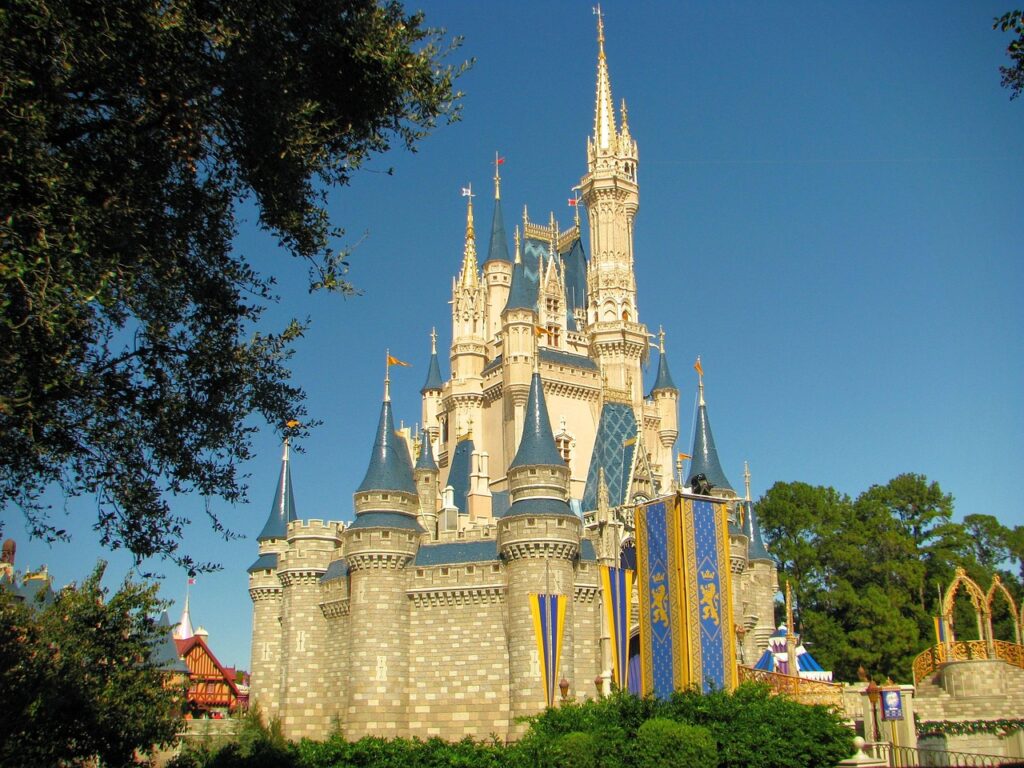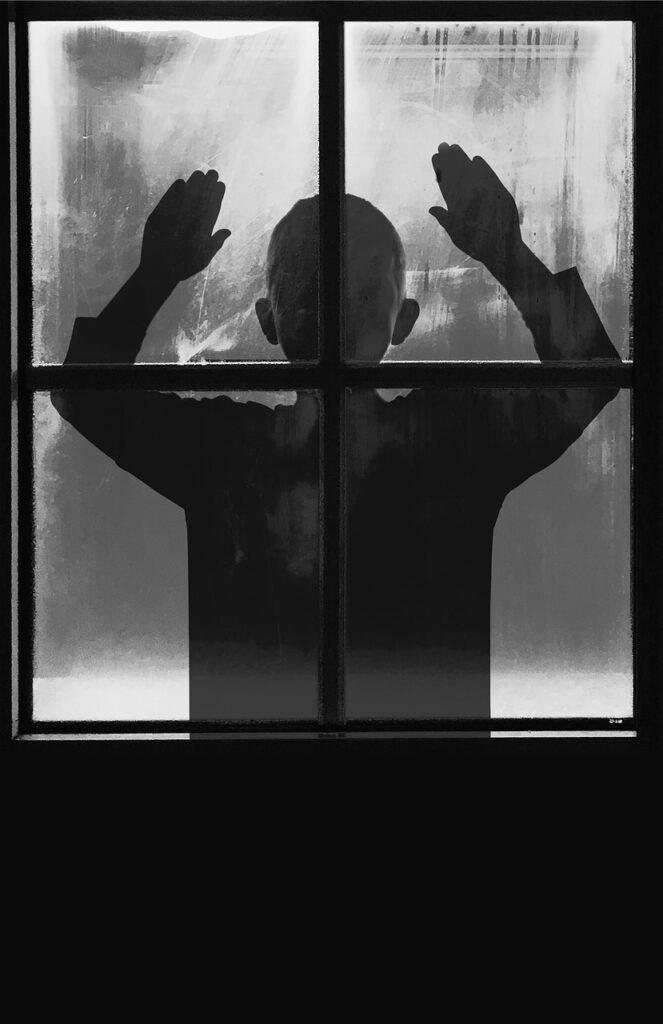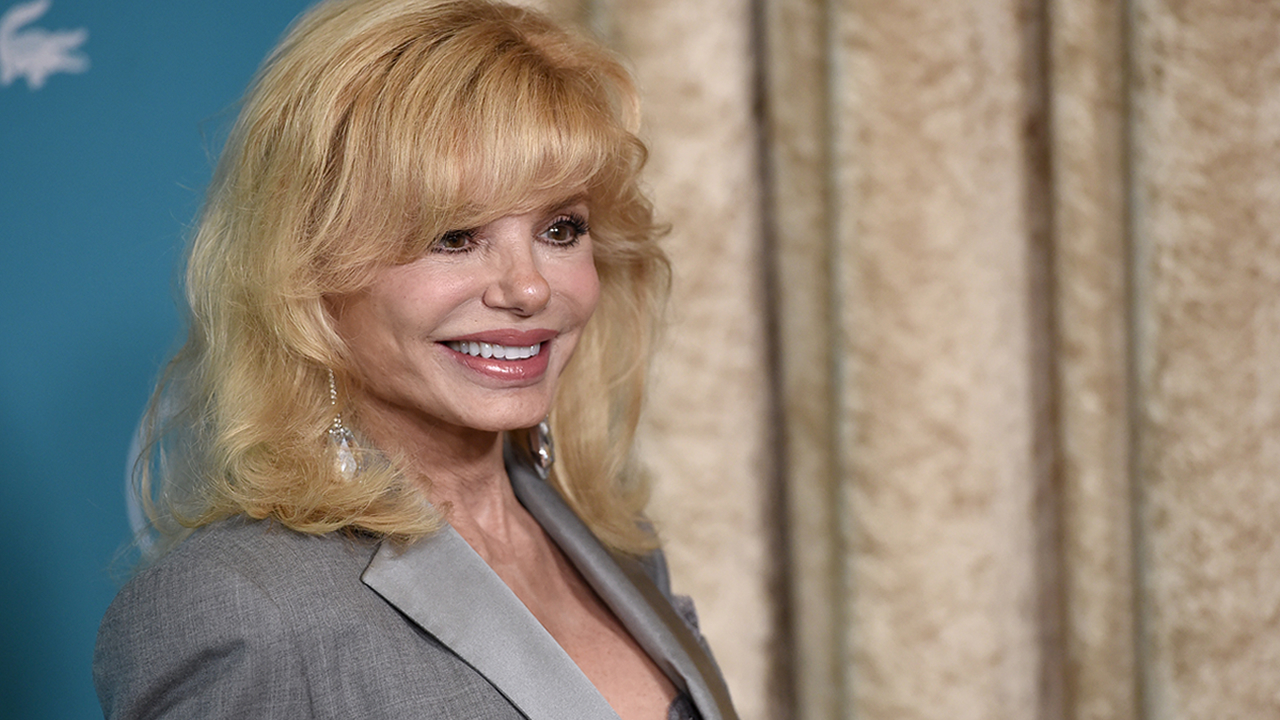
In the fast-paced, content-hungry world of modern entertainment, it sometimes feels like Hollywood has fallen into a comfortable, albeit creatively stagnant, routine. This year’s live-action adaptation of Disney’s 1937 classic, “Snow White And The Seven Dwarfs,” disappointed, both critically and financially. Yet, as the calendar pages turn, we see no signs of this trend slowing, with “Lilo & Stitch,” a live-action remake of the 2002 original, already in theaters, and DreamWorks’ live-action version of “How To Train Your Dragon” on the horizon. The truth is, remakes are a long-established and often controversial well that Hollywood returns to, time and again, in the hopes of capturing fans of the original and bringing in newer generations.
But the big question looms: how many of these remakes actually measure up to the originals, and what truly distinguishes a good remake from a bad one? NPR movie critic Bob Mondello, surprisingly, isn’t entirely against the idea, arguing that film, like other art forms, can benefit from revisiting stories. He points to successful English-language remakes of foreign films like “Some Like It Hot,” “Girl With The Dragon Tattoo,” “True Lies,” “Scent Of A Woman,” and “The Departed,” emphasizing that these aren’t about nostalgia but studios appropriating stories the American public might not know about. Ryan Benk, an NPR producer, offers a more cautious perspective, noting that for every “Departed” or “True Lies,” there’s a “rash of early 2000s remakes of Japanese ghost flicks” that felt like “photocopies of photocopies.”
This ongoing debate is at the heart of our discussion. While financial incentives are clear—the live-action “Beauty and the Beast” grossed $170 million on its opening weekend compared to the original’s $9.6 million—the public often prefers the original, with Black List reporting that 91% of the public do so. Original movies also boast 79% more profitability than their remakes. It’s a frustrating paradox: studios keep churning them out, but audiences and critics often find them redundant or, worse, detrimental to beloved franchises. So, as entertainment enthusiasts with a keen eye for what works and what doesn’t, we’re diving deep into the remake ideas that film critics are desperately wishing studios would put to rest. Let’s unravel the creative missteps and tired formulas that have left a sour taste in the cinematic landscape.
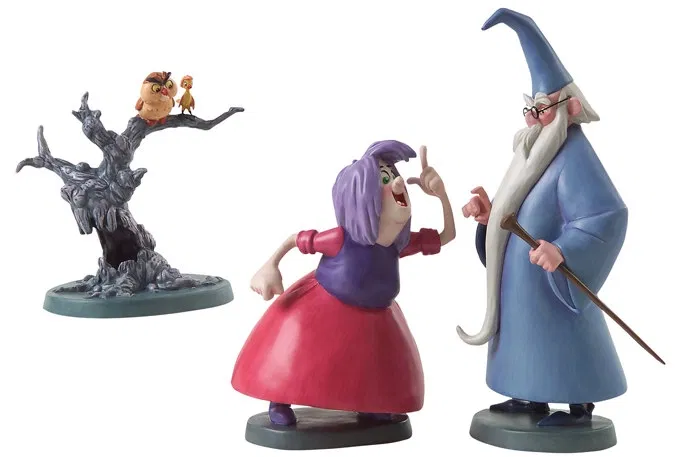
1. **The Formulaic Disney Live-Action Remake of Animated Classics**The most pervasive and arguably the most exhausting trend in modern remakes is Disney’s relentless pursuit of live-action adaptations of their animated classics. We’ve seen a steady stream of these, from “The Lion King” and “Aladdin” to “Beauty and the Beast,” and the more recent “Snow White And The Seven Dwarfs” and the upcoming “Lilo & Stitch.” While these films often boast impressive visual effects and star-studded casts, they frequently fall short of capturing the magic and heart of their predecessors, leaving critics and long-time fans feeling underwhelmed.
The core issue, as pointed out by Scott Detrow, is the redundancy. He questions the necessity of a live-action “Lion King,” remarking, “Like, well, no, you’re just going to animate it in a different way unless you have a camera on a lion who’s suddenly talking.” This highlights the perception that many of these remakes are merely visual updates rather than genuine reinterpretations. They often follow the original plotlines almost beat-for-beat, offering little in the way of fresh perspective or innovative storytelling.
While some might argue that these remakes are an attempt to modernize stories that, as Bob Mondello noted about “Snow White,” may be “insensitive on issues of gender, social mobility, of – it’s all white. It’s utterly crazy on dwarfs,” the execution often fails to justify the exercise. Even when studios try to bring “new ideas to the table” – like a Latina Snow White or a pauper prince – the resulting film often struggles to resonate beyond its superficial changes. The “boredom in seeing a story that you have already seen a million times that has only be slightly tweaked” becomes a significant barrier to engagement, regardless of good intentions or impressive CGI.
Read more about: The Vanishing Act: 13 Beloved Movie Genres That Hollywood Left Behind
2. **Unnecessary Live-Action Remakes of Beloved Animated Trilogies/Films (Beyond Disney)**It’s not just Disney; the animated feature canon, in general, seems to be fair game for the live-action treatment, often to the dismay of critics. DreamWorks’ announcement of a live-action version of “How To Train Your Dragon” has ignited similar concerns. The original trilogy was lauded as a fantastic cinematic achievement, and many feel it should have been left untouched, a perfect narrative arc that didn’t need a live-action do-over.
The sentiment here is clear: some animated stories are inherently suited to their medium and lose something essential when forced into live-action. “How to Train Your Dragon” was, not too long ago, a “great trilogy of animated films that should’ve been left alone.” The fear isn’t just about a single film, but the wider implications. This trend sparks questions about what’s next: “Are ‘Shrek’ and ‘Madagascar’ getting live-action remakes, too?” This indicates a worry that studios are indiscriminately applying the live-action formula to any successful animated IP, regardless of whether a compelling artistic reason exists.
Ryan Benk succinctly captures the core frustration with this approach: “If all you’re offering me is – hey, remember this – that was cool, right? – I’m going to pass.” When a remake doesn’t offer thoughtful reinterpretation or fill in narrative gaps, but merely re-presents an already beloved story in a different visual format, it often feels like a creative void. These projects are less about artistic expression and more about leveraging existing brand recognition, ultimately draining rather than enriching the original franchise.
3. **Uninspired Remakes of Foreign Horror Films (The ‘Photocopies of Photocopies’ Era)**While Bob Mondello champions the historical precedent of successful English-language remakes of foreign films, Ryan Benk highlights a specific subset that has become a source of critical fatigue: the “rash of early 2000s remakes of Japanese ghost flicks.” He specifically calls out “The Ring,” “The Grudge,” and “Dark Water” as examples. While “The Ring” and “The Grudge” found some success and arguably stood on their own to a degree, this wave of remakes often missed the mark entirely, becoming bland reproductions rather than inventive adaptations.
Benk’s description of these as “photocopies of photocopies” perfectly encapsulates the problem. These remakes frequently demonstrated a lack of genuine creative vision, instead opting for a faithful, often scene-for-scene, recreation of the original. This approach stifles any opportunity for a fresh take, cultural reinterpretation, or an expansion of themes that might justify the remake’s existence. The terror and novelty of the original foreign films were often diluted in translation, resulting in a product that felt hollow and unoriginal.
Unlike successful remakes like “The Departed,” which took the premise of a Hong Kong thriller and brilliantly recontextualized it within the Boston Irish Mob, these horror remakes often failed to truly adapt the source material to a new cultural context. They became transactional rather than transformative, trading genuine scares for familiar beats. This particular trend left a lasting impression on critics, demonstrating that simply redoing a foreign film in English isn’t enough; it requires a thoughtful artistic hand to truly succeed.
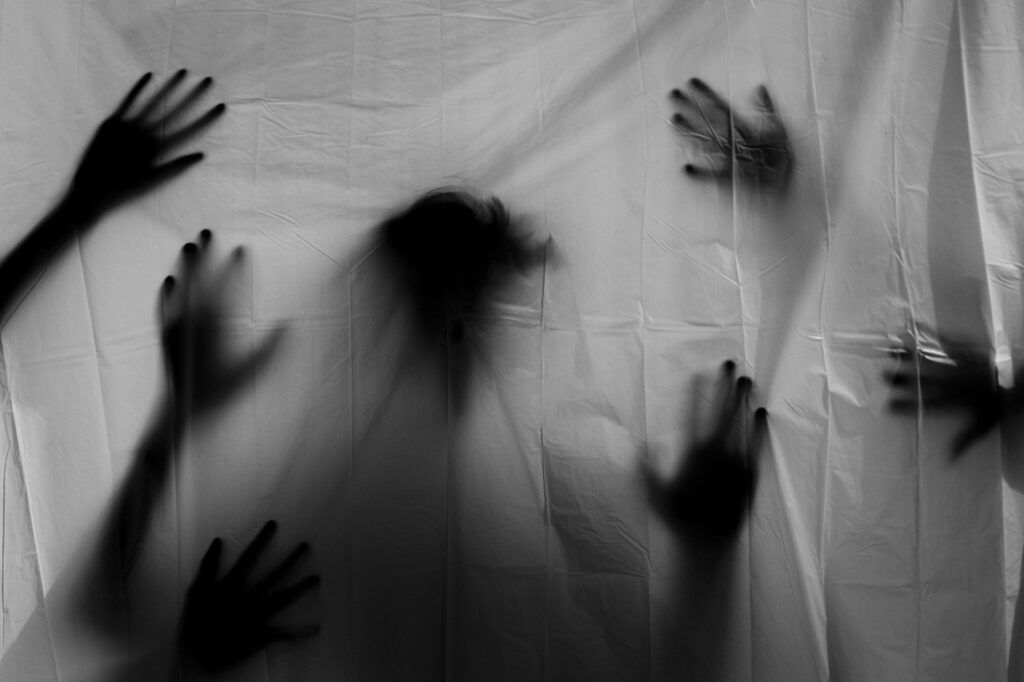
4. **Exhausted Horror Franchises with Endless, Decreasingly Quality Sequels**Horror, perhaps more than any other genre, is susceptible to the ‘more is better’ fallacy when it comes to sequels. However, film critics and long-time fans are increasingly vocal about their fatigue with franchises that continue long past their prime, delivering diminishing returns. “Scream 6,” despite being “set up to be the most financially successful movie of the series,” garnered “a massive amount of negative feedback from long-time Scream fans.” This highlights a disconnect between box office success and critical/fan satisfaction.
Jason Struss from Digital Trends articulated this frustration, writing, “It’s nowhere near the quality of any of the previous Scream movies.” He added, “I’m disappointed because everyone involved with ‘Scream 6’ is capable of being better than this.” This sentiment is echoed across the horror landscape, where franchises like “Halloween” have ballooned to “13 movies… continuously decreasing in quality over time.” The sheer volume of entries often leads to creative bankruptcy, with new installments struggling to find original narratives or innovative scares.
The problem isn’t just a subjective decline in quality; it’s the feeling of a beloved franchise being “turned into something that is not even worth watching.” For many viewers, the emotional connection to the original films is strong, making it all the more disheartening to see the intellectual property milked dry through uninspired sequels. While studios may view these as “safer route[s] by rehashing old intellectual properties,” critics and discerning audiences crave genuine innovation rather than tired retreads of once-great horror concepts.

5. **’Woke’ Reboots/Prequels That Alienate Core Fanbase with Character and Lore Changes**One of the most contentious types of reboots in recent memory involves projects that drastically alter beloved characters or core lore, often leading to significant fan backlash. A prime, and often cited, example of this misstep is the new “Scooby Doo” show titled “Velma.” Released in January, it quickly earned a dismal “7% on Rotten Tomatoes and a 1.3/10 on Google reviews,” signaling a catastrophic failure in audience reception.
The show made significant changes to its iconic characters, “redesigning all the characters, changing the races of Velma, Shaggy and Daphne.” While character updates can sometimes be well-received, the context notes that “Shaggy is completely unrecognizable,” and the remake “ditches the character’s classic nickname, instead branding the character Norville.” These alterations, perceived as gratuitous and disrespectful to the source material, were a major point of contention for fans.
Fans unequivocally declared this to be “the worst thing to happen to the Scooby Doo franchise,” asserting that “the beloved show has finally been ruined after decades of successful reboots.” Compounding these character changes was the egregious decision to omit the titular character, Scooby, from a show named after the original series. This kind of wholesale re-imagining, which fundamentally disregards the established essence of the property and its characters, is a concept critics and fans alike wish studios would stop pitching. It demonstrates a profound misunderstanding of what made the original endearing, and how to effectively evolve it.
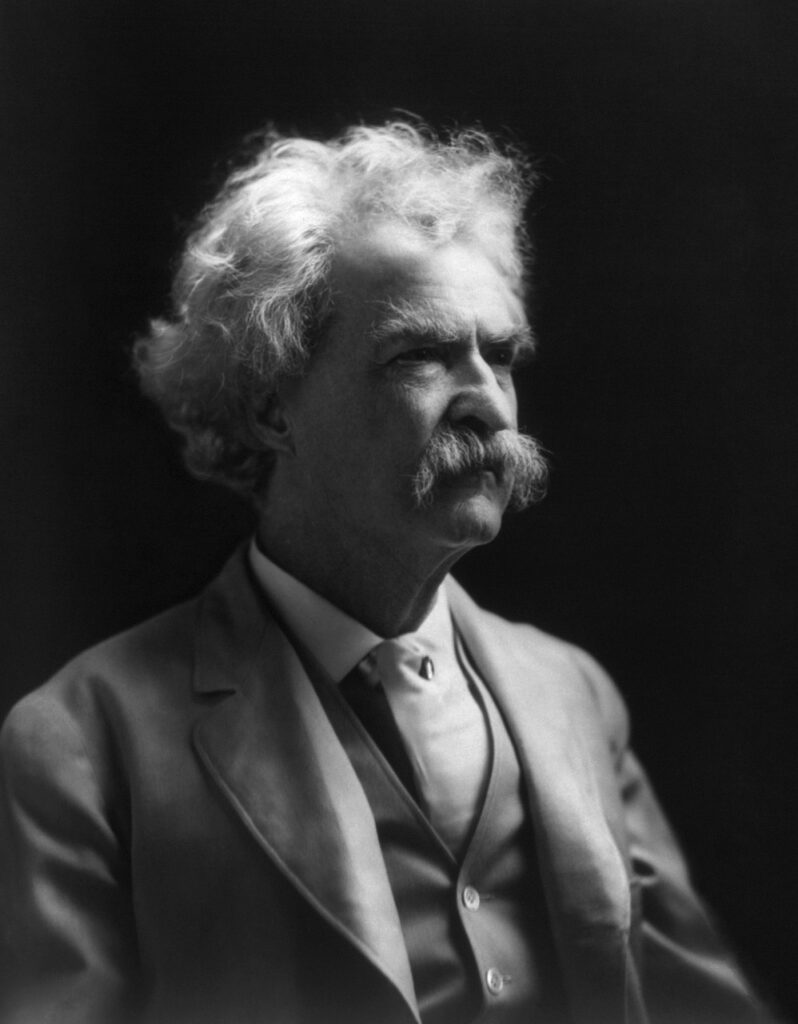
6. **Misguided Reboots That Fail to Understand Their Target Audience and Core Appeal**Beyond just character redesigns, another common frustration for critics stems from reboots that fundamentally misinterpret the appeal of the original and consequently fail to connect with their intended audience, particularly when attempting to appeal to a new, often younger, demographic. The “Velma” series, again, serves as a stark illustration. While positioned as a show “for adults” and a prequel about the gang in high school, its plot was widely seen as “unnecessarily explicit” and “just dry and bad in general.”
The show’s narrative suffered from a severe lack of depth, with Velma exploring “baseless mysteries with lack of depth and cheesy ending.” The critical consensus was that, for a program marketed to a mature audience, it “sure has the quality of a program made for children,” yet without the charm or wit to appeal to either. This speaks to a deeper problem: studios attempting to capitalize on an established franchise while simultaneously trying to appeal to “young adult audiences which they do not understand.”
This trend often results in a product that feels neither like the original nor a successful new entity. The goal might be to modernize or adult-ify a property, but if the writing is weak, the characters are poorly developed, and the tone is inconsistent, the effort is doomed. “Velma just isn’t a good show at all- with or without the Scooby doo characters,” a damning indictment of a project that lost its way by misjudging its audience and its own creative direction. Critics are clear: if you’re going to reboot for a new demographic, truly understand what that demographic wants, and what made the original a classic, before pitching such a confused vision.
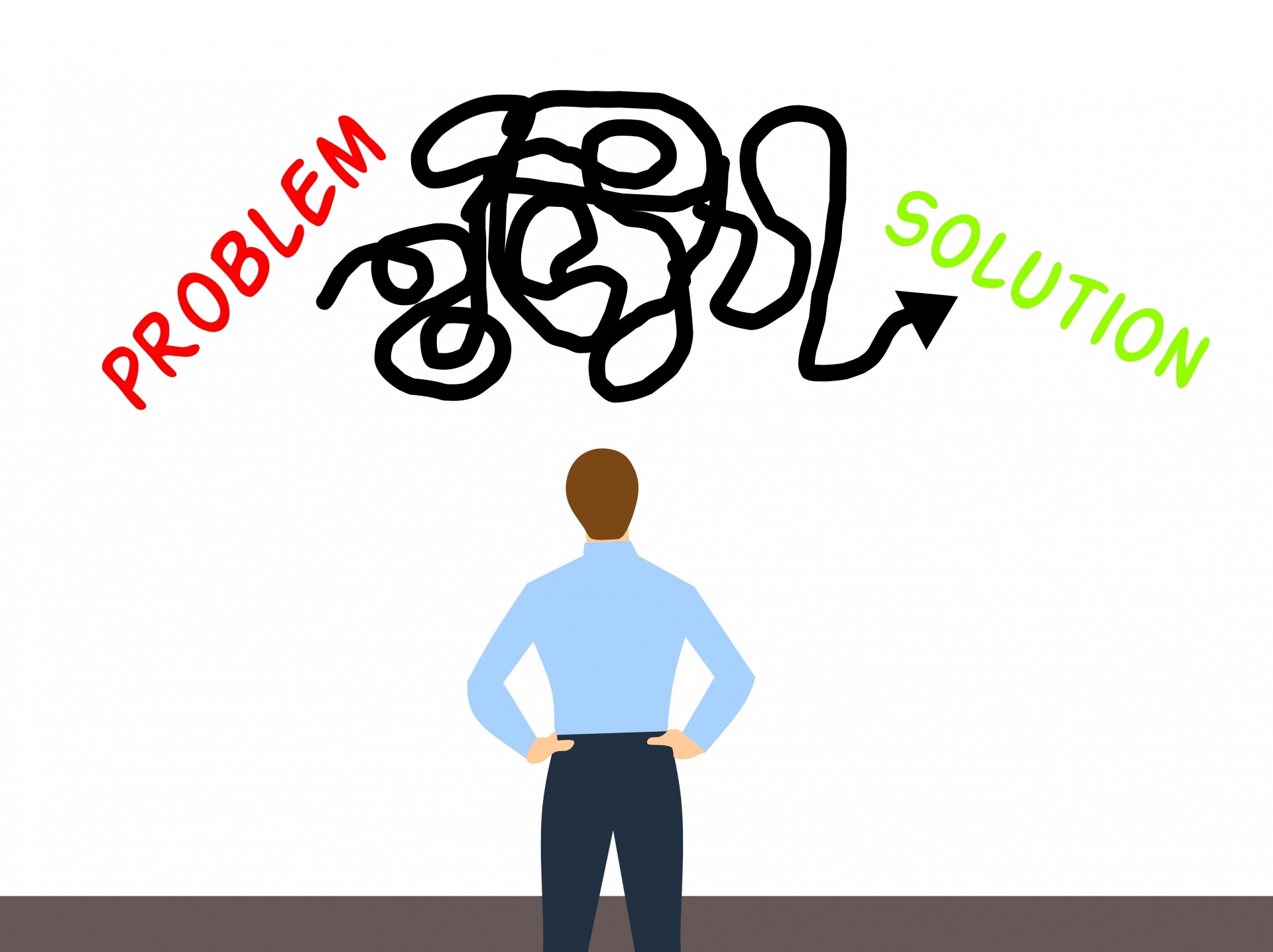
7. **The Problem of Plot-Repackaging ‘Soft Reboots’**Beyond outright remakes, Hollywood has found another clever, yet often creatively stagnant, trick: the “soft reboot.” This approach attempts to refresh a franchise by introducing new characters and storylines, while simultaneously bringing back legacy elements and, crucially, repackaging the core plot of an earlier, often original, installment. It’s a strategy designed to appeal to both new audiences and established fans, but it frequently results in a sense of déjà vu rather than genuine innovation.
A prime example of this trend, and one that left many critics scratching their heads, is 2016’s “Jurassic World.” While undeniably a box office behemoth, its narrative felt remarkably familiar. The film essentially recreated the original “Jurassic Park” plot: a dinosaur theme park goes awry, leading to chaos and a desperate struggle for survival. Despite the introduction of new protagonists and a bigger, badder dinosaur, the fundamental beats of the story were a direct echo of what we’d seen before.
Similarly, “Star Wars: The Force Awakens,” released the year prior, also fell into the soft reboot trap. It successfully re-energized the beloved saga by bringing back iconic characters like Han Solo, Leia, and Luke, but it did so by largely mirroring the narrative structure of “A New Hope.” A desert scavenger discovers a powerful secret, a plucky droid carries vital information, and a new generation of heroes battles an evil empire-like organization with a planet-destroying superweapon. The emotional impact was there, but the originality of the plot was not.
These “soft reboots” are often criticized for their reluctance to truly innovate. They operate on the principle of “if it ain’t broke, don’t fix it” – or rather, “if it worked before, let’s just do it again with a fresh coat of paint.” This tendency leaves discerning viewers feeling shortchanged, as the promise of a new chapter often dissolves into a thinly veiled retread, offering little in the way of fresh perspectives or genuine narrative advancement for the franchise. It’s a safe bet for studios, but a creatively lazy one.
8. **Unnecessary, Long-Delayed Franchise Extensions and Legacy Character Traps**Few things test the patience of film critics and dedicated fans more than a beloved franchise being dragged out indefinitely, well past its natural narrative conclusion. We’re talking about those sequels that arrive decades after their predecessors, often with little creative justification beyond exploiting existing intellectual property. These are the kinds of extensions that critics argue are purely “a cheap way for a movie studio to make a quick buck without thinking too much,” and the upcoming slate for 2025 offers a few concerning examples.
With sequels like “Mission Impossible,” “Jurassic Park,” “Saw,” and “Avatar” slated for release in 2025, there’s a palpable sense of fatigue among those who crave original storytelling. The problem isn’t just that they exist, but that many feel like “sequels no one asked for.” While some franchises, as Bob Mondello noted, have a rich history of successful sequels like “The Godfather Part II” or “Aliens,” these were often released with more continuity and creative purpose, avoiding the common pitfall of waiting more than 20 years to continue a story.
A major component of this trend is the overreliance on “legacy characters” as a draw. Iconic figures are often resurrected or brought back into the fold, not to genuinely advance their stories in meaningful ways, but simply to evoke nostalgia. The context clearly states that many once-great franchises have seen “a slew of sequels/remakes, spinoffs and soft reboots over the decades that are just bad.” This can diminish the original impact of these characters, turning them into mere caricatures of their former selves, shoehorned into increasingly convoluted plots.
While “28 Years Later” and “MEGAN 2.0” might appear to be promising continuations that offer something interesting, they are exceptions rather than the rule in this landscape of endless extensions. For many, seeing a cherished series “turned into something that is not even worth watching” is disheartening. This incessant desire to milk every last drop from established IPs, despite “continuously decreasing in quality over time,” ultimately does a disservice to the original films and the audiences who loved them, leaving a trail of “major disappointments” in its wake.

9. **The Peril of Pure Stunt Casting Over Substance**In the pursuit of box office success and media buzz, studios sometimes resort to a tactic known as “stunt casting.” This involves bringing in big-name actors, often for their celebrity status, rather than necessarily their perfect fit for a character or the overall strength of the script. While a star-studded cast can certainly draw attention, critics are increasingly wary when it feels like the big names are there to mask potential deficiencies in the film itself, rather than genuinely elevating the storytelling.
The recent “TMNT Mutant Mayhem” trailer, despite largely positive fan reception, sparked some concern regarding this very issue. The cast is “littered with name brand actors,” and while some choices, like Giancarlo Esposito as Baxter Stockman, were met with enthusiasm, “some think could be masking the poor of quality of the future film.” This highlights the critical perception that a recognizable voice or face is sometimes prioritized over the integrity of the character or the narrative.
The casting of Jackie Chan as Splinter further illustrates the complexities and potential pitfalls of stunt casting. While Chan is an undeniable legend, questions arose regarding his suitability for the role. Beyond concerns about his “nasty jerk” personality off-screen, there was also a debate about a Chinese actor playing a traditionally Japanese character. While the context notes that such cross-cultural casting isn’t uncommon, the controversy underscores how such decisions can inadvertently detract from the film’s reception and generate discussion unrelated to its artistic merits.
Ultimately, when casting feels driven purely by star power rather than thoughtful artistic intent, it risks alienating audiences and critics alike. The best remakes and reboots feature actors who embody their roles with genuine passion and skill, enriching the story rather than simply lending their fame to it. A strong script and innovative vision should be the foundation, not merely an afterthought to a list of recognizable names.

10. **Cash-Grab Remakes: More Than Just Foreign Horror**While we previously touched upon the “rash of early 2000s remakes of Japanese ghost flicks” as a type of cash-grab, the sentiment extends far beyond that specific subgenre. Film critics are deeply frustrated by the broader trend of studios consistently opting for the “safer route by rehashing old intellectual properties” purely for financial gain, with little to no artistic merit. This pervasive mentality views remakes not as opportunities for thoughtful reinterpretation, but as mere commodities to be repackaged and sold.
Ryan Benk perfectly encapsulates this frustration with his succinct observation: “If all you’re offering me is – hey, remember this – that was cool, right? – I’m going to pass.” This statement cuts to the core of the issue. When a remake offers nothing new, no deeper exploration, no innovative twist, but simply banks on a faded memory of the original, it feels hollow and uninspired. It’s a transactional exchange, designed to leverage existing brand recognition without truly enriching the cinematic landscape.
These cash-grab projects, regardless of genre, often suffer from a severe lack of “heart and soul and care” in their production. They become cinematic “photocopies of photocopies,” diluting the impact and originality of the source material. The financial allure is clear; as Angela Smithhisler, a Film Studies teacher, points out, studios “know that it [reboots] will generate discussion, but also ticket sales,” especially “if the film has a reputation of being classic.” The promise of reliable opening weekend figures, like “Beauty and the Beast” grossing $170 million on its opening weekend versus the original’s $9.6 million, often overshadows critical reception or long-term profitability.
It’s a frustrating paradox: while “Original movies also boast 79% more profitability than their remakes,” studios continue to churn out these familiar retreads. This preference for perceived low-risk, high-return ventures often leads to a glut of redundant content. Critics and audiences are left with the “boredom in seeing a story that you have already seen a million times that has only be slightly tweaked,” ultimately diminishing interest in the overall subject. The true cost of these cash-grabs isn’t just a bad movie, but a loss of trust and enthusiasm from the very fans they aim to attract.
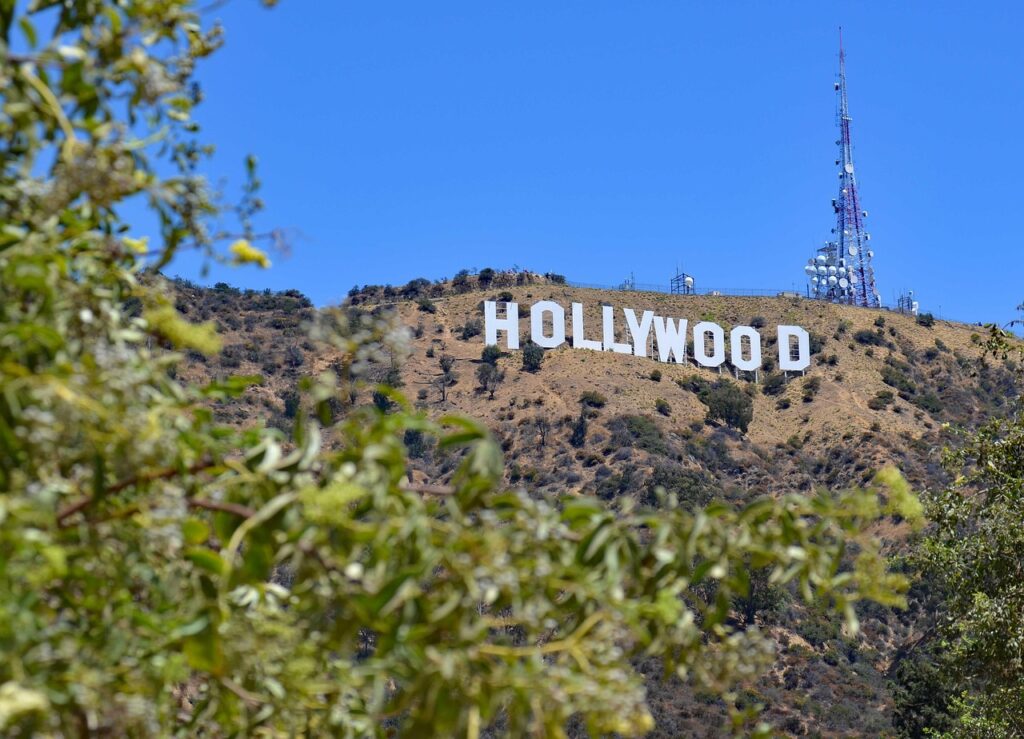
11. **The Broader Betrayal of Nostalgia Without Innovation**At the heart of many of these critical grievances is a deeper concern: Hollywood’s “frequent reliance on nostalgia-driven content” as a symptom of a broader creative stagnation. While nostalgia can be a powerful and positive force in storytelling, its weaponization without genuine innovation often feels like a betrayal. Audiences are “smarter these days when it comes to the filmgoing experience” and increasingly “clamor for a new or original idea,” recognizing when familiarity is being peddled as a substitute for creativity.
It’s important to acknowledge that not all revisitations of classic stories are inherently bad. Bob Mondello correctly notes that “film is almost the only art form where people are skeptical about the idea of going back to the well,” pointing to successful re-imaginings in music or theater. Even in film, some remakes and sequels, like “Ocean’s Eleven,” “The Parent Trap” (1990s), or “Scarface” (1983), have not only matched but arguably surpassed their originals by offering a “thoughtful reinterpretation” or “creating this entirely modern storyline” while remaining “loyal to the essence.”
However, the dominant trend, as critics attest, often sees studios “relying too heavily on nostalgia-driven content [that] stifles creativity.” This leads to a distinct lack of “fresh ideas” and an overabundance of “tired formulas that have left a sour taste in the cinematic landscape.” The discerning eye of the audience can spot the difference between a remake “made with love” and something “only produced for the money.” The latter often lacks the “riveting story,” “great animation,” or expanded character depth seen in successful reboots like “Puss in Boots: The Last Wish,” which greatly surpassed its contemporary releases by delivering genuine emotional and narrative richness.
Read more about: Beyond Buyer’s Remorse: 14 Reasons Luxury Car Owners and Dealers Face Leasing Nightmares and Market Mayhem
Ultimately, the debate surrounding movie remakes boils down to a fundamental question of balance. While “nostalgia plays a significant role in the appeal,” its uncritical application leads to creative bankruptcy. Critics are not anti-remake; they are anti-lazy-remake. They desire projects that “strike a chord with both longtime fans who crave familiarity and new audiences who seek fresh experiences,” incorporating unique visions that “pay homage to the past while offering something new.” Hollywood is clearly “running out of ideas,” but the solution isn’t to endlessly drain “already dry franchises.” Instead, it’s to either craft thoughtful, innovative remakes that resonate, or better yet, invest in “new original films for viewers to love.” This is the future critics, and increasingly audiences, are truly hoping for.

